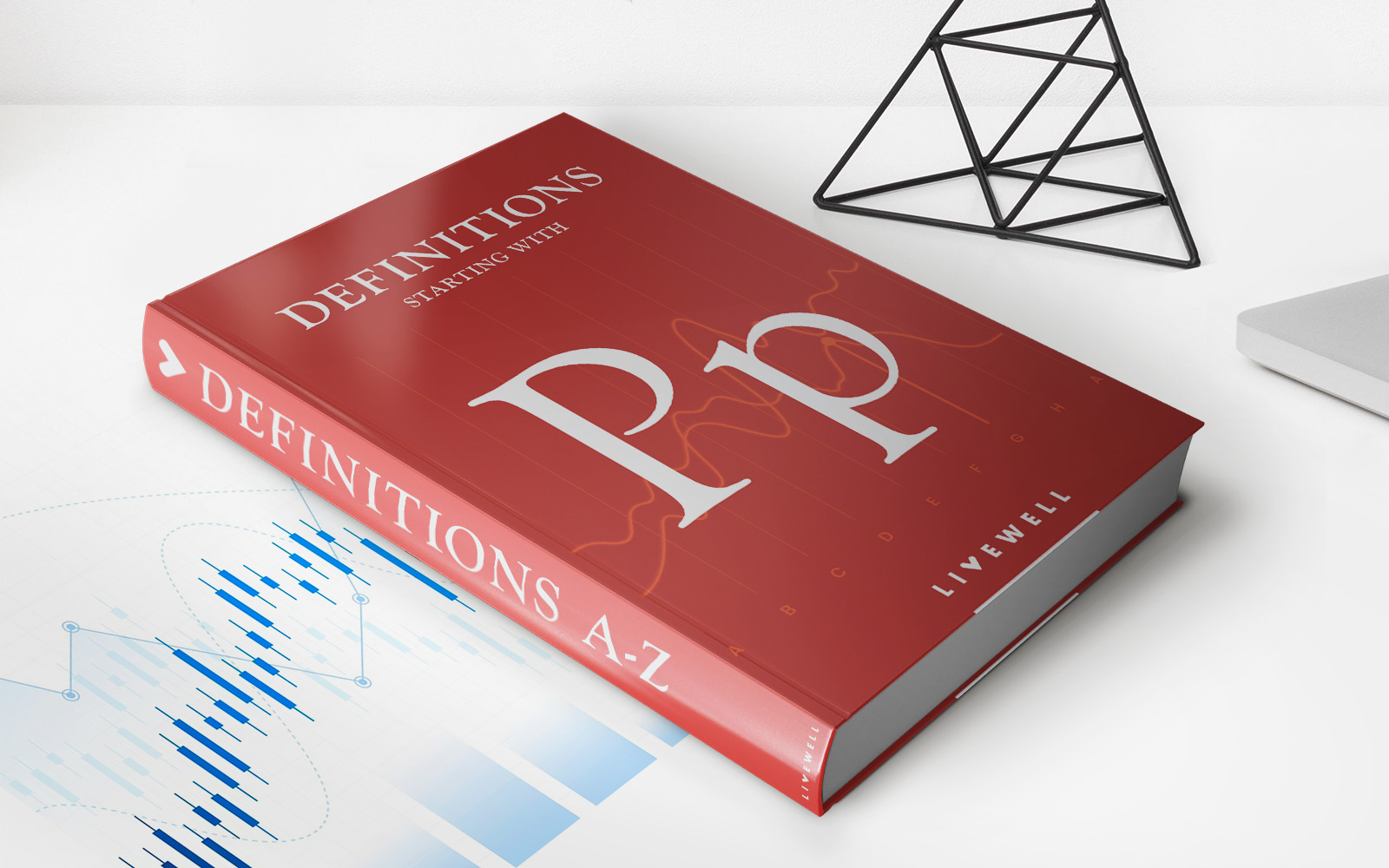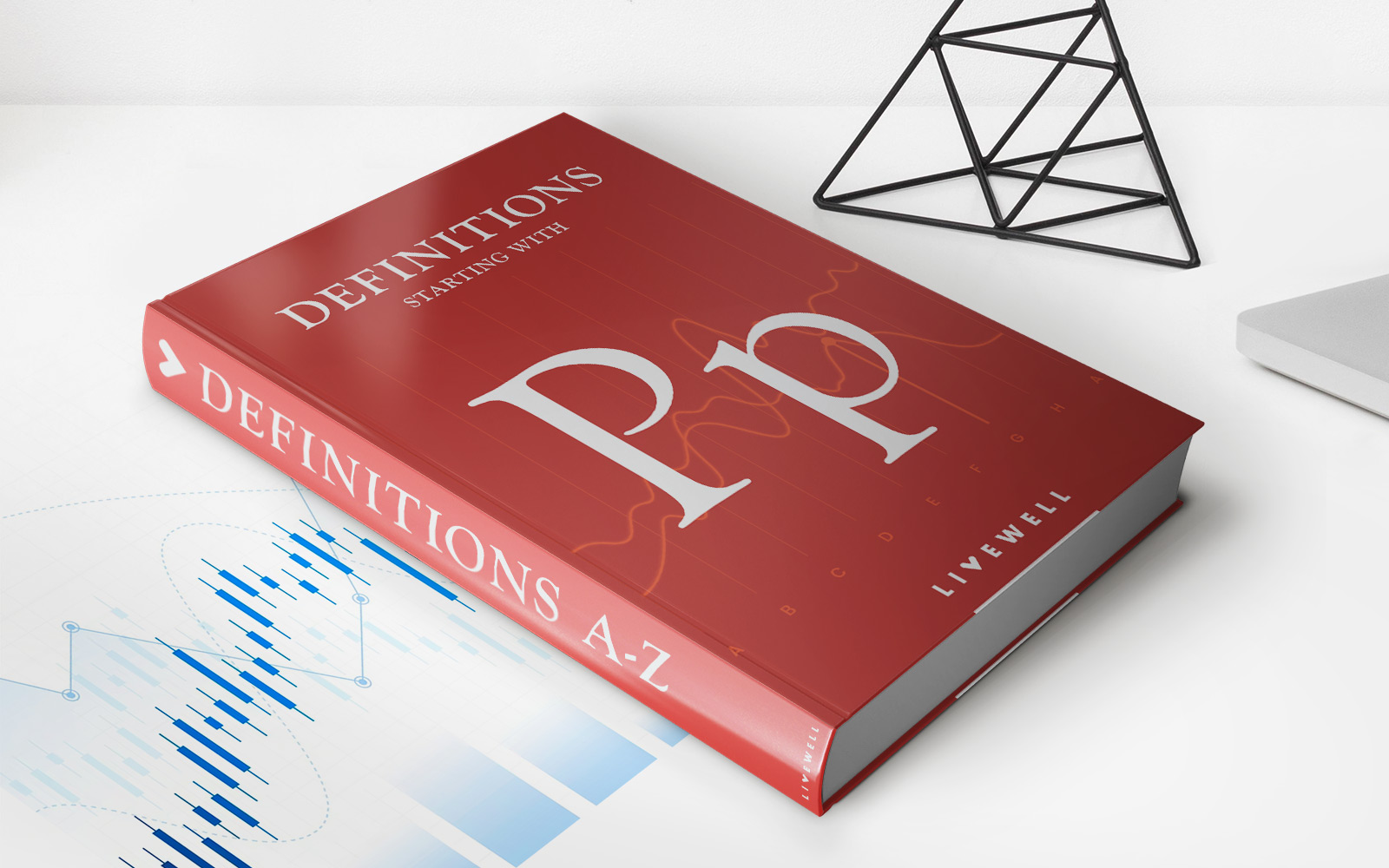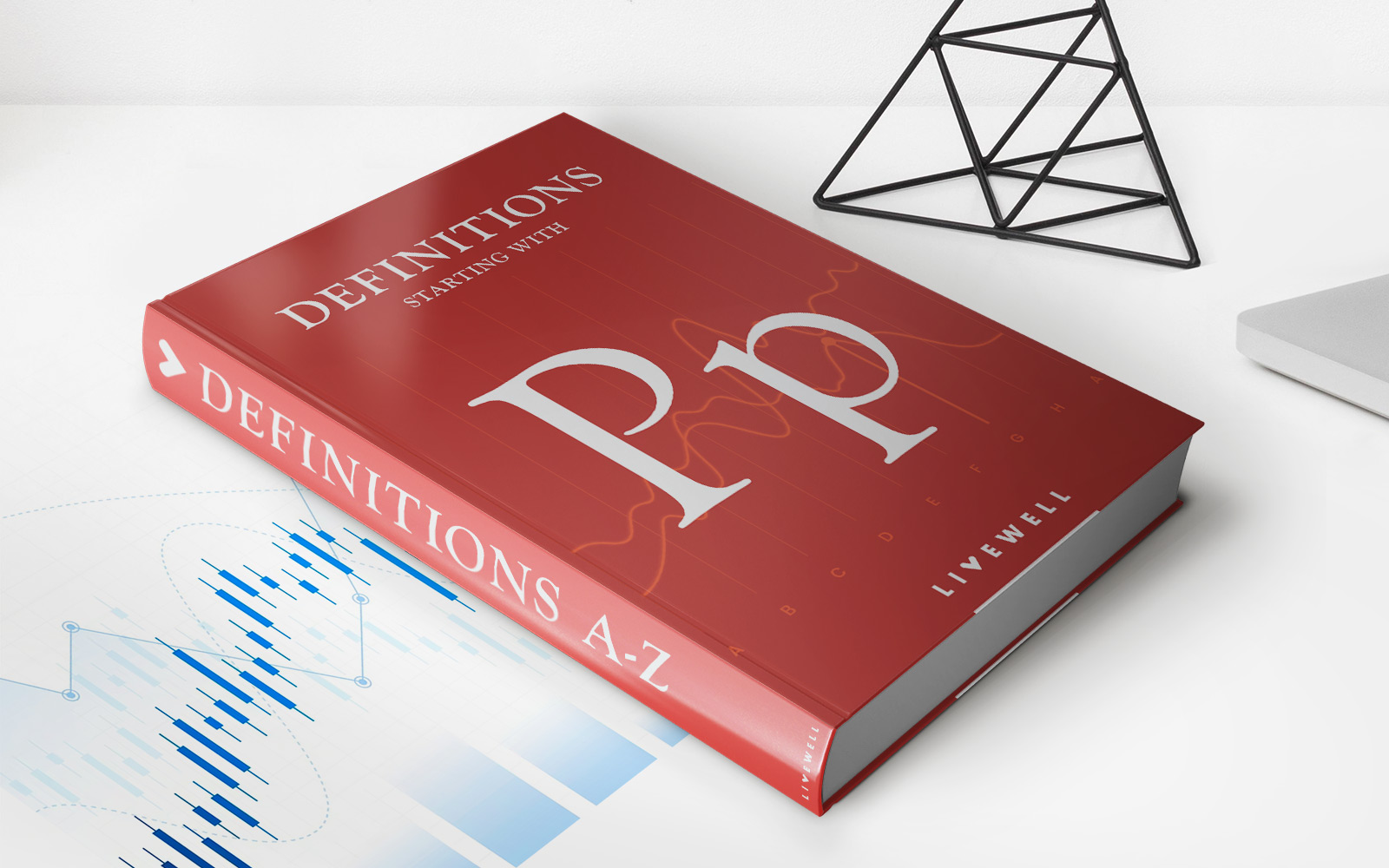Home>Finance>Projected Benefit Obligation (PBO) Definition & How It Works


Finance
Projected Benefit Obligation (PBO) Definition & How It Works
Published: January 12, 2024
Learn about Projected Benefit Obligation (PBO) in finance and understand how it works to calculate future employee pension commitments.
(Many of the links in this article redirect to a specific reviewed product. Your purchase of these products through affiliate links helps to generate commission for LiveWell, at no extra cost. Learn more)
Projected Benefit Obligation (PBO) Definition & How It Works
Welcome to our finance blog! Today, we dive into the fascinating world of Projected Benefit Obligation (PBO). If you’ve ever wondered what PBO is and how it works, you’ve come to the right place. In this article, we’ll break down the definition of PBO and provide you with a clear understanding of its purpose and implications. So, let’s get started!
Key Takeaways:
- Projected Benefit Obligation (PBO) is a measure used by companies to assess their future pension obligations to employees.
- PBO takes into account factors such as salary levels, expected years of employment, and assumed retirement ages to estimate the amount of money that will be required to pay pensions in the future.
So, what exactly is Projected Benefit Obligation (PBO)? It is an accounting term that refers to the estimated amount of money a company will need to fulfill its future pension obligations to its employees. This calculation is based on a variety of factors including salary levels, expected years of employment, and assumed retirement ages. The PBO helps companies determine the amount of money they should set aside in order to meet these future pension obligations.
Now that we understand the definition of PBO, let’s dive deeper into how it works. The calculation of PBO involves the use of actuarial tables and mathematical formulas to estimate future liabilities. The process includes projecting the future salaries of employees, factoring in anticipated pay increases, and considering the expected length of employment. It also takes into account assumptions about life expectancy and retirement ages.
Once the necessary data has been collected, the PBO calculation assesses the present value (PV) of the estimated future pension obligations. This helps companies understand the current value of their future pension liabilities. By knowing this information, businesses can make more informed financial decisions, manage their cash flow effectively, and ensure they have sufficient funds available to meet their pension obligations.
So, why is Projected Benefit Obligation (PBO) important? Here are two key takeaways:
- PBO provides companies with a clear understanding of their future pension obligations, allowing them to plan and allocate resources accordingly.
- It helps companies fulfill their legal obligations towards their employees by ensuring they have sufficient funds set aside for pension payments.
In conclusion, understanding Projected Benefit Obligation (PBO) is crucial for businesses to effectively manage their pension obligations. By accurately estimating future liabilities and planning ahead, companies can meet their legal obligations, safeguard employee benefits, and maintain financial stability. So, whether you are a small business owner or an accounting professional, understanding PBO can help you make informed financial decisions.














